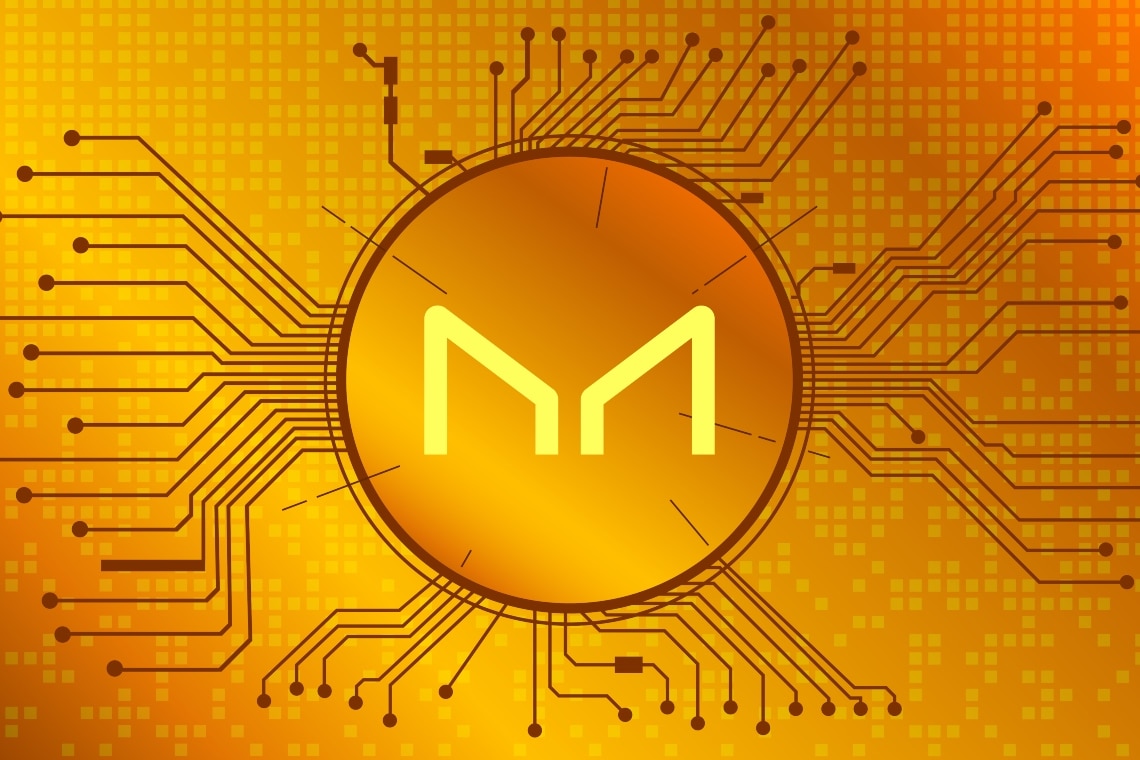The Cryptonomist interview Tadeo, specialist in Development Relations at Phoenix Labs, an entity within the Maker DAO ecosystem.
Phoenix Labs is currently working to boost the capabilities of MakerDAO by introducing Spark Protocol and other ground-breaking initiatives.
How is it going with Spark Protocol?
Great! Spark was launched two months ago and there has been a growing user base and TVL, so pretty happy about it. It seems that Spark has found a strong PMF (Product/Market Fit) by offering DAI at a predictable rate outside of Maker Vaults. Phoenix Labs recently released a framework for Spark’s Multichain strategy and the main idea is to test the organic demand in those chains in preparation for the launch of subDAOs when they’ll be able to choose to allocate to them.
What do you think about the recent regulations around stablecoin in the UK for example?
My personal opinion is that I’m very interested to see how the UK plans to regulate stablecoins and crypto. The government did really well with fintech, by providing a very sound sandbox environment through the FCA that allowed new technology entrants to the financial system, improving the quality of service to users. Both Revolut and Wise (formerly Transferwise) came through that program.
I think governments will learn from each other while they construct or modify existing laws to take into account this new paradigm. There’s always the worry that regulations, while well-intentioned, can stifle the actual benefits or potential for stablecoins; given the international nature of crypto, I think this will bring governments together to collaborate and provide useful regulation to safely onboard the next billion users.
What are your next goals and steps for your project?
Phoenix Labs recently suggested Maker Governance to increase the debt ceiling for Spark to $200m. This recommendation was made after testing the system and making sure Spark was ready to scale it up, allowing more users to onboard onto the platform. Maker has also released Conduits, a new standard interface with which any external protocol can have Maker as its liquidity provider. This will mark a new way for liquidity to move in DeFi.
Any comments on the recent XRP situation?
The US justice recently favored Ripple in a case against the SEC regarding the sale of their XRP token. My personal opinion is that it’s important to start acknowledging that crypto tokens need to be regulated for what they are, not simply for what they look most similar to. I don’t know what the right answer is, but I think defining what these tokens are not is a good way to figure out what they are and what they could be.
What do you think about China’s plan on digital yuan?
Governments have been researching and experimenting with CBDCs for almost half a decade now. In my personal opinion, it’s great to see them realize and embrace the benefits of stablecoins and blockchains.
I hope both CBDCs and independent stablecoins can cohabitate as they serve different needs in our society.
A great use case for CBDCs is government stimulus programs. Usually, these programs are co opted or abused. With CBDCs you can deploy economic policy initiatives with a great deal of precision, such as pandemic stimulus payments that are either temporary or for specific goods and services or a specific region; regional governments could issue CBDCs to incentivise local spending in food and other basic necessities, for example.There is a very obvious negative consequence to this which is the ability of governments to impose economic surveillance. I think having other digital currencies gives people the freedom of choosing between them, thereby avoiding possible surveillance.
Credit: Source link















































